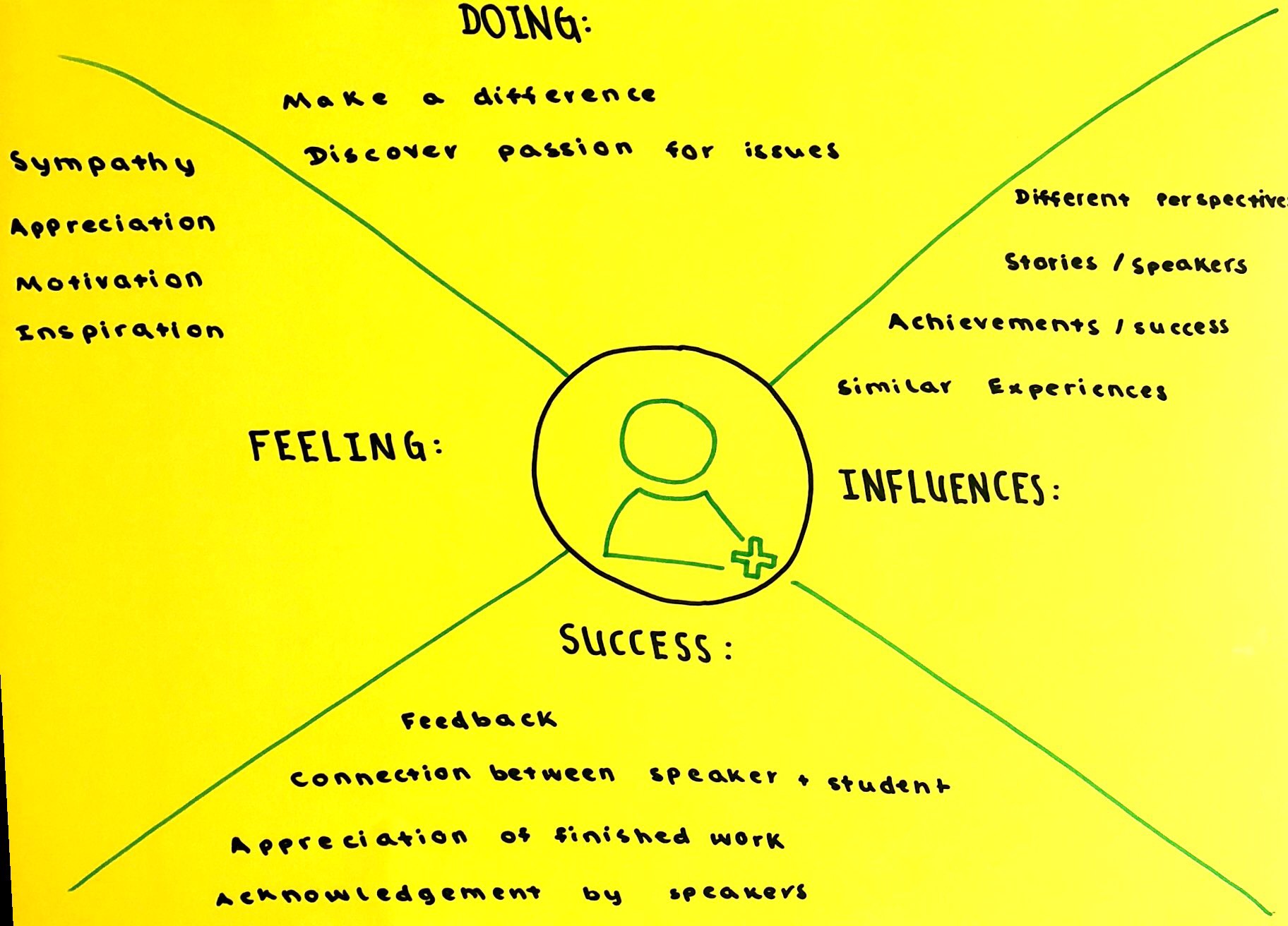Analyse the ways in which Shakespeare evokes contradictory feelings towards his characters.
The characters in “Macbeth” are quite complex and Shakespeare does this by confusing the audience by invoking contradicting feelings in the audience for the characters. An example of this is the character, Macbeth. In act 2 scene 1, he admits that he’s been having evil thoughts towards Duncan during his conversation with the dagger, making him a bad person because he actually ends up killing Duncan. Then, Macbeth says “I’ll go no more. I am afraid to think what I have done; look on’t again, I dare not” (2. 2. 54). This shows the audience that he is regretful and feels guilty about killing Duncan and doesn’t want to look at the murder scene anymore.
Comment on the significance of dialogue and ensemble scenes in affecting mood and positioning the audience.
In my opinion, I think that when Shakespeare includes ensemble scenes, it’s so that when there’s an important event a range of perspectives are shown, giving the audience a better understanding of the vibe at the time of the event. In ensemble scenes, I don’t really think in real life you would say as much as what the characters in “Macbeth” say because you might keep some things to yourself, but the dialogue tells the audience exactly what the characters are thinking, and sometimes it may even provoke more thinking within the audience. An example of this is just after Macbeth killed Duncan and Macduff arrives at the castle to wake up Duncan. Lennox was also there and since the audience knows that Duncan was killed but Lennox doesn’t, there is a bit of irony because Lennox says that “the night has been unruly: where we lay, our chimneys were blown down … some say, the earth was feverous and did shake” and then Macbeth replies with “’Twas a rough night” because it certainly was (3.46). Then Macbeth says that “had [he] but died an hour before this chance, [he] had lived a blessed time, for from this instant, there’s nothing serious in mortality” (85). After everyone but Malcolm and Donaldbain leaves the stage, the two of them talk and says that they must flee because they have a target on their backs since their father was killed.
This scene shows that after Duncan dies, the emotions people are feeling are varied. From ‘sorrow’ felt by Macbeth to self-preservation/worry by Malcolm and Donaldbain.



